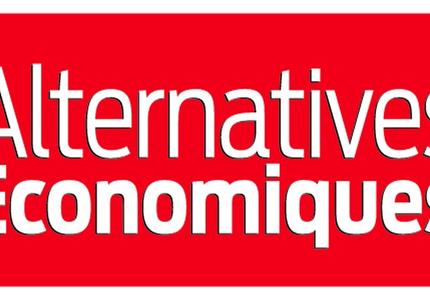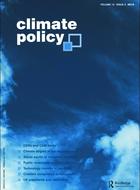In the context of discussions on future trajectories for the French power system, this study provides insights on the medium-term structural challenges. The first section analyses the main factors of uncertainty that determine the French power system transition on the technical, economic and political levels. The second section presents an exploratory analysis of four change scenarios for the power system until 2030, aimed at evaluating the conditions for ensuring coherence between these trajectories, taking account of policy goals, as well as analysing their capacity to respond to the challenges identified in the first section and their resilience to persistent factors of uncertainty.
KEY MESSAGES:
-
A KEY DECADE FOR THE FRENCH ELECTRICITY SYSTEM
The aging of the historic nuclear fleet, the decline in coal and oil capacities and the targets for diversifying the electricity mix are inducing large-scale transformations for the French electricity system. The transition of the electricity system should take into consideration national policy objectives as well as developments in the integrated European market. Given these new challenges, planning plays a key role in defining a cohesive and resilient trajectory in the face of uncertainty.
-
THE EVOLUTION OF ELECTRICITY DEMAND, A FACTOR INSUFFICIENTLY CONSIDERED
Too often considered an exogenous factor, the development in electricity consumption is in fact central and should be reaffirmed as the point of departure for electricity sector planning. It should further be backed by an ambitious policy vision and quantified targets to avoid the risk of stranded investments in production infrastructure. The evolution of the French net export surplus could also represent a strategic lever creating greater room for maneuver in the transformation of the electricity mix.
-
THE CHALLENGE OF MANAGING THE FRENCH NUCLEAR FLEET AS IT APPROACHES ITS 40-YEAR MARK
Half of the 58 existing reactors will have to undergo their 4th ten-year review between now and 2025, highlighting the need to define a coherent medium-term strategy which takes into account decided political objectives as well as the relevance and economic or technical feasibility of their life extensions. If consumption remains stable and the net export surplus does not increase, no operational lifetime extension is theoretically necessary before 2025 in keeping with the objective of reducing nuclear’s share of electricity generation in France down to 50 %.
-
INSUFFICIENT ANTICIPATION OF FORTHCOMING DEADLINES CAN ENGENDER SIGNIFICANT COSTS
Drawing up a normative medium- and long-term trajectory is essential to ensure a progressive and coherent transition between the milestones set for 2023 (multi-year energy planning document), 2025 (reduction in the share of nuclear) and 2030 (development of renewable electric energies). An analysis of the various trajectories shows that failing a better coordination of these evolutions, the period between 2023 and 2025 could generate potentially abrupt and costly transformations.






